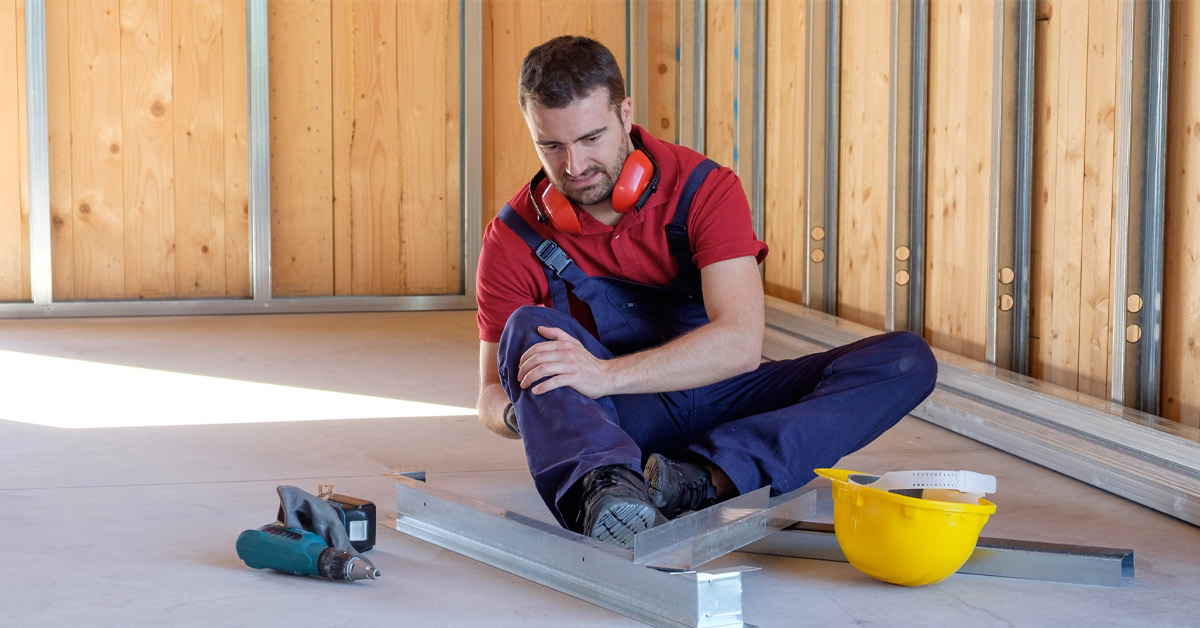All workplaces are subject to manual handling risks and employers have a legal obligation to carry out assessments to mitigate those hazards. This type of task can be described as lifting, pushing, pulling, lowering, supporting, carrying or moving an object or load either by hand or by bodily force. It is one of the most common causes of injuries in the workplace according to the HSE.
Such injuries are categorised under musculoskeletal disorders (MSDs) and can result in serious physical consequences. Injured workers could suffer from neck, back and spine problems that can result from poor manual handling techniques or postures leading to temporary immobilisation.
Protect your employees at your facility and help reduce the risk of workplace injuries due to manual handling tasks. Learn how to conduct a proper and comprehensive assessment with tips in this new post from Shoes For Crews.
What is a manual handling risk assessment?
A manual handling risk assessment is a report that details all the different types of manual handling tasks and the risks of injuries. It is obligatory when a worker cannot avoid carrying out physical handling tasks and a potential strain or sprain could occur. It is also utilised to identify potentially hazardous tasks and devise measures to eliminate risks.
In this article, we are going to show you how to prepare for this assessment and give you our best tips on how to spot manual handling risks at your workplace.
Define the task and collect technical information
Before you begin, you must consider the task at hand, the people who are doing it, the type of load that is being handled and your workplace environment. You may carry out the risk assessment yourself or you can authorise a competent person to conduct it for you.
It is crucial to comply with legal obligations as employers are required to maintain proper health and safety standards for their workforce. All technical information must be collected and recorded before the assessment can begin.
Determine the 4 main risk factors in the manual handling risk assessment
Manual handling incidents can occur in any workplace, but the construction, facilities and manufacturing sectors are viewed as high risk and may require more frequent evaluations and refresher training. These types of injuries can be very costly for your company but with proper assessment and controls in place, you can find practical solutions to help your staff stay safe on the job.
Let us start by identifying the four main factors to check when it comes to conducting a manual handling risk assessment.
1. Task
First, take time to consider the type of manual handling task and the potential safety hazards involved. Make note of any sudden movements, bending, twisting, repetitive actions or uneven weight distributions. You ought to also consider whether an employee could encounter or collide with any possible obstructions.
2. Load
Next, move on to the object itself. Take into account the item, person or animal that is being moved and the types of hazards involved. Some areas to think about: how heavy the object is, if it is difficult to grasp, whether it is hot or cold and if the contents could move or shift while being carried.
3. Individual
An individual’s personal characteristics and physical capabilities must be taken into consideration when carrying out manual handling tasks. Determine whether the person is in good shape, able to perform the task and have the correct uniform and footwear. Think about their height and if they are capable of manual handling alone. Existing or new procedures may require the employees to be trained or that they need to receive refresher training.
4. Environment
Lastly, the area in which the load is being handled is the final risk factor that must be assessed. Ask yourself some of the following questions:
- Are there any trip or fall hazards?
- Is there enough space?
- What is the condition of the surfaces and is there a risk of slipping?
- What is the indoor or outdoor temperature?
- Is there sufficient lighting?
In addition to the workplace environment, equipment and psychological factors must be considered as well. Machinery and tools need to be deemed fit for purpose and high workload demands should be evaluated.




